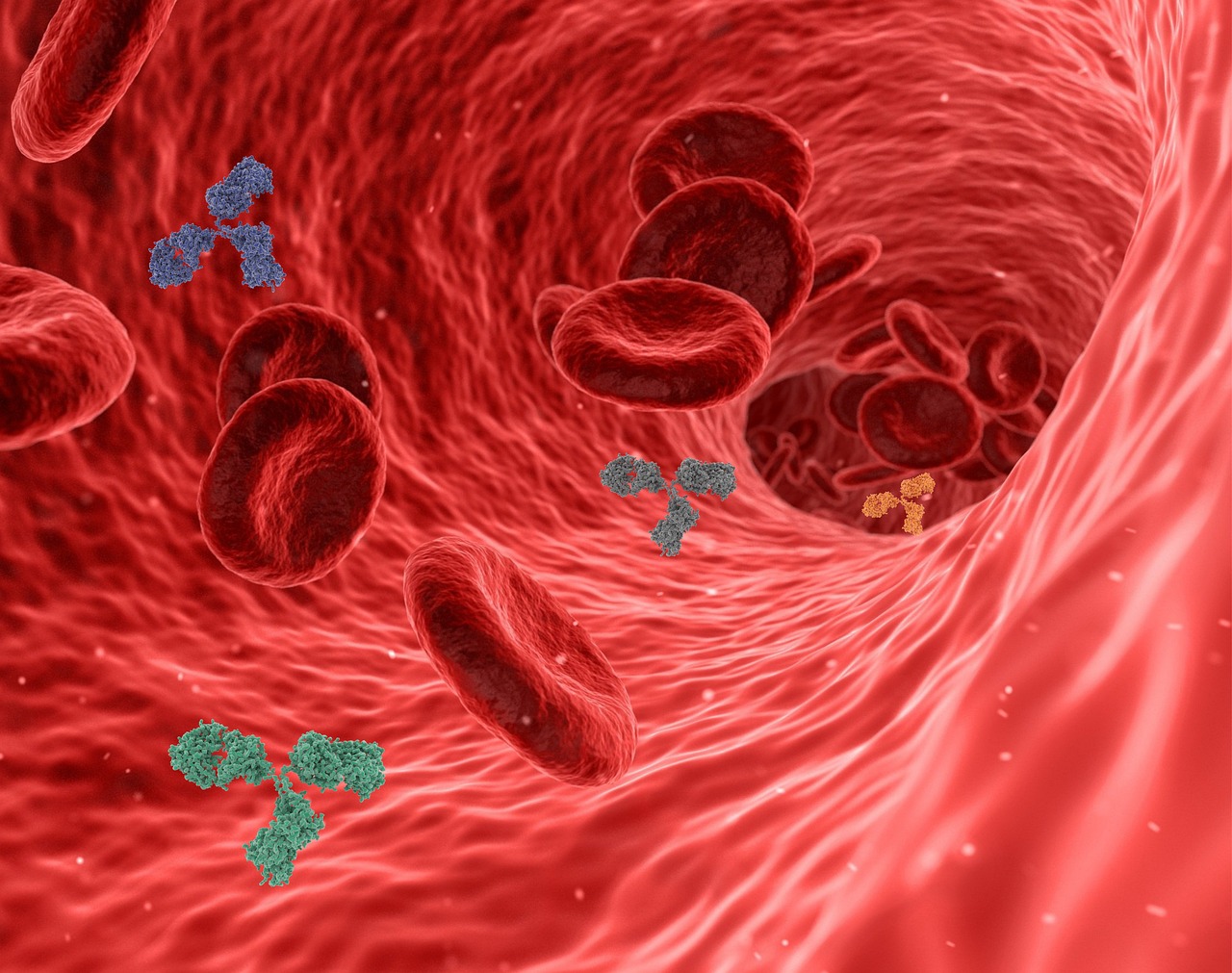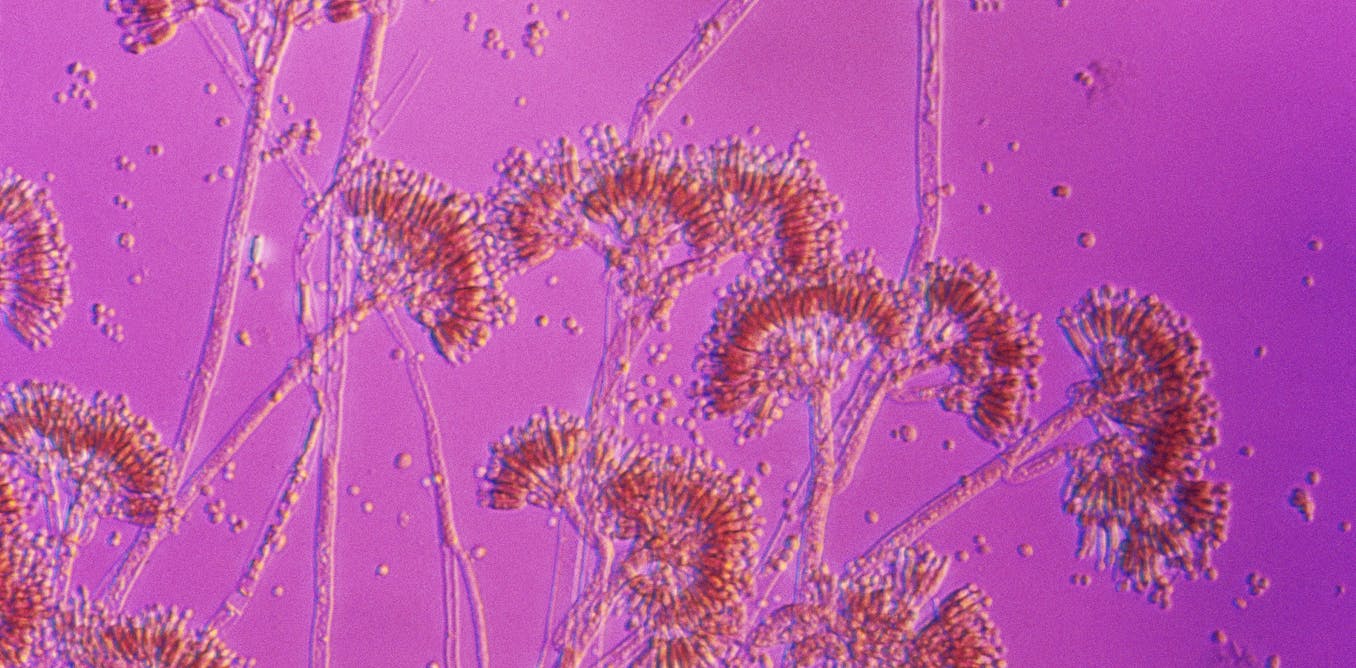We have all experienced the phenomena of seeing a disturbing or disgusting image that makes us feel physically ill. When the human brain processes certain types of visual images, it can send neural signals to our bodies that result in us feeling nauseated, light-headed, or shaky.
Scientists…









